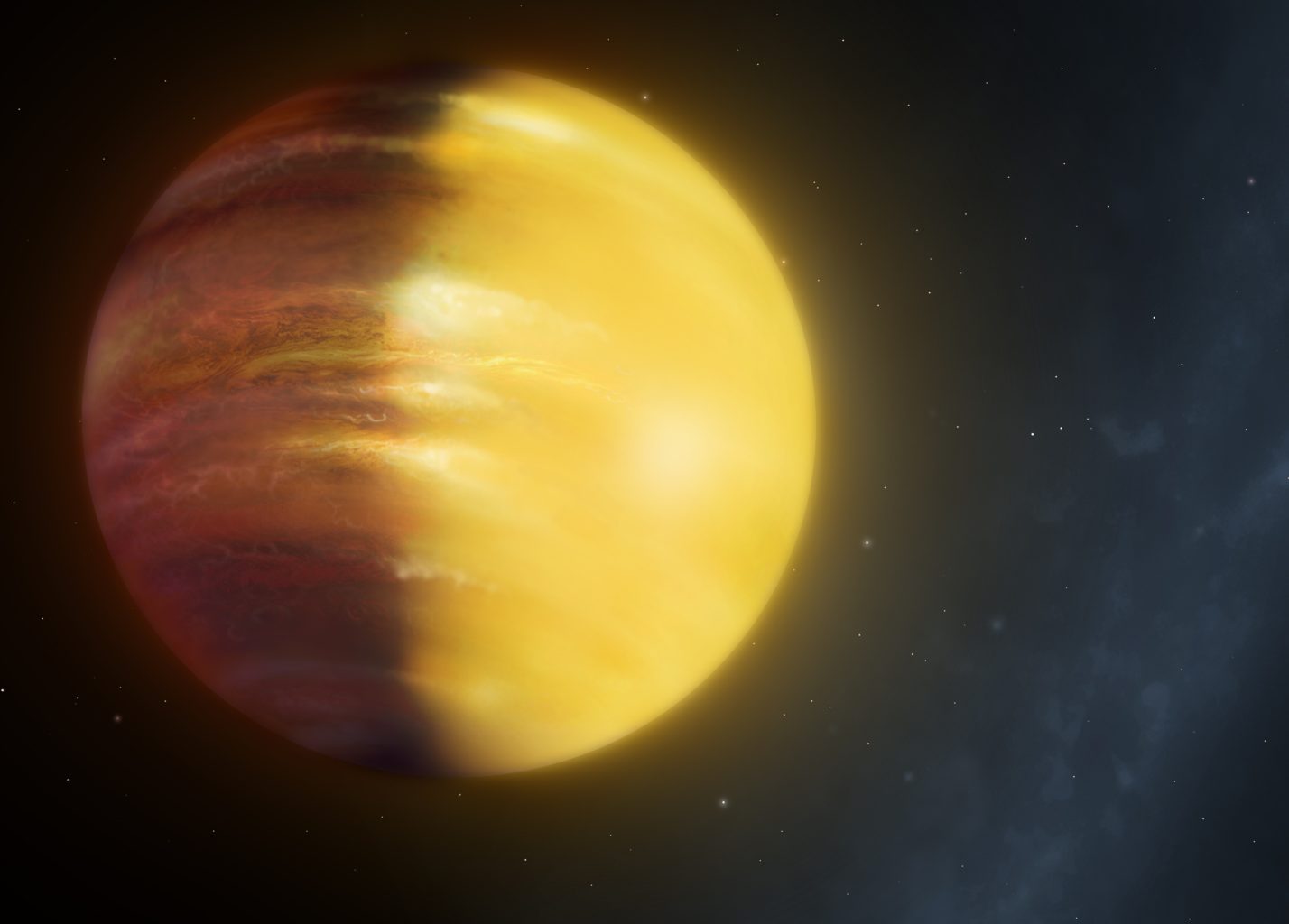Exoplanet weather forecast: strong winds, highs of 2000 degrees and gemstone clouds
Researchers at the University of Warwick have detected weather on a planet outside of the solar system for the first time, and it’s unlike anything we’ve seen before. Astronomers have been able to monitor weather on planets in our solar system for years — such as the Great Red Spot on Jupiter, or the 1,500 mph winds on Neptune — but it’s only now that such phenomena have been observed on an exoplanet.
First discovered in 2008, the exoplanet in question (HAT-P-7b) is sixteen times larger than the Earth and is over 1,000 light years away. It’s extremely hot, with an average temperature of 1,900 degrees Celsius. This is partly down to the proximity of the planet to its host star, which it orbits once every 2.2 days.
Studying four years’ worth of data from the NASA Kepler satellite, Warwick University’s David Armstrong and colleagues investigated how the light reflected by HAT-P-7b’s atmosphere was changing over time, and found that the brightest point on the planet shifts in position. This shift is due to variability in cloud cover and temperature, driven by powerful, changeable winds and the evaporation of clouds.
As well as this, HAT-P-7b is tidally locked, which means that one side of the planet always faces its star — much like how we always see the same side of the Moon. This results in the dayside being significantly warmer than the night side.
Dr Armstrong commented, “We expect clouds to form on the cold night side of the planet, but they would evaporate quickly on the hot dayside. These results show that strong winds circle the planet, transporting clouds from the night side to the dayside. The winds change speed dramatically, leading to huge cloud formations building up then dying away.”
Although the clouds on HAT-P-7b would look impressive — likely made of corundum, the mineral which forms rubies and sapphires — the planet would never be habitable for life as we know it, with its violent weather and extreme temperatures.
In the future, more powerful space telescopes such as the James Webb Space Telescope and ESA’s PLATO mission will be able to study exoplanet atmospheres in more detail, and perhaps even look for signs of extra-terrestrial life.

Comments